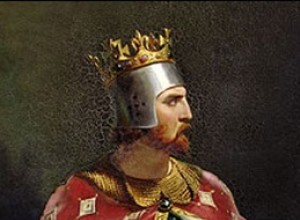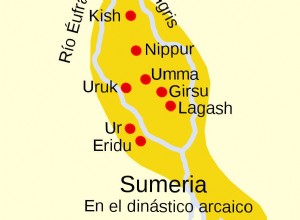Preparations Very absent from his kingdom of England, Richard preferred to devote himself to his French possessions and to the crusade in the Holy Land. Shortly after his accession to the throne (1189), he decided to join the third crusade, inspired by the loss of Jerusalem, taken by Saladin. But,




